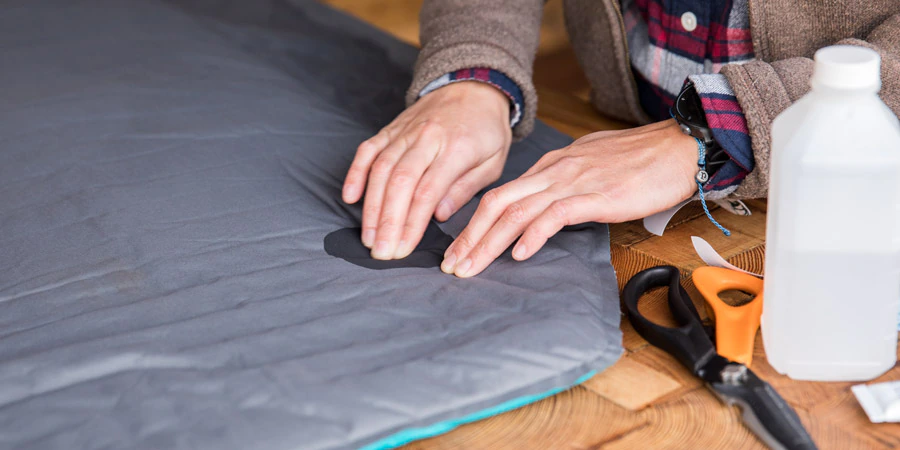1. How to Fix an Air Mattress That Won't Hold Air After Patching
If you've ever had the unpleasant experience of waking up on a deflated air mattress, you know how frustrating it can be. You thought you fixed the leak with a patch, but it seems like it's still deflating. Don't worry, you're not alone. Many people struggle with this issue, but luckily, there are solutions. In this article, we'll discuss how to fix an air mattress that won't hold air after patching.
2. Troubleshooting Tips for an Air Mattress That Keeps Deflating After Patching
Before you start panicking and throwing away your air mattress, try some troubleshooting tips. First, check the patch you applied to make sure it's still intact and there are no holes or gaps. Sometimes, patches can come loose or not stick properly. If the patch is fine, check the valve to make sure it's closed tightly. If it's loose, the air will escape and cause your mattress to deflate. If the patch and valve are both fine, then it's time to look for other potential causes.
3. Common Reasons Why Your Air Mattress is Still Deflating After Patching
There are a few common reasons why your air mattress may still be deflating after patching. One possible reason is that you didn't properly clean and prepare the surface before applying the patch. Any dirt, dust, or moisture can prevent the patch from sticking effectively. Another reason could be that the patch you used was not strong enough to hold the air in. Some patches are only meant for small holes and tears, while others can handle larger ones. Lastly, there may be multiple leaks in your air mattress that you haven't detected yet.
4. The Best Way to Patch an Air Mattress to Prevent Deflation
Now that you understand the potential causes, let's talk about the best way to patch an air mattress to prevent deflation. First, clean and dry the surface of the mattress where the leak is located. Next, use a strong adhesive patch specifically designed for air mattresses. Make sure to apply pressure and hold it in place for the recommended amount of time. Additionally, you may want to use a sealant like silicone or rubber cement around the edges of the patch for extra reinforcement.
5. How to Properly Patch an Air Mattress to Ensure It Stays Inflated
To ensure your air mattress stays inflated, follow these steps for proper patching. First, locate the leak by inflating the mattress and listening for any hissing sounds or feeling for air escaping. Once you find the leak, mark it with a pen or tape so you can easily find it again. Then, clean and dry the area around the leak before applying the patch. Make sure to smooth out any wrinkles or air bubbles in the patch before allowing it to set. Finally, let the patch dry and cure for the recommended time before using the mattress again.
6. Tips for Finding and Repairing Leaks in an Air Mattress That Won't Stay Inflated
If your air mattress won't stay inflated, it's likely due to a leak. Finding and repairing leaks can be a tedious process, but here are some tips to make it easier. First, inflate the mattress and listen and feel for any escaping air. If you can't find the leak, try using soapy water and looking for bubbles. Once you find the leak, mark it and follow the steps for patching mentioned earlier. If you're still struggling, consider using a commercial leak detector or taking the mattress to a professional.
7. Understanding the Different Types of Air Mattress Patches and Which One is Best for Your Situation
When it comes to air mattress patches, there are a few different types to choose from. The most common are adhesive patches, which are easy to apply and work well for small holes and tears. There are also fabric patches that require heat to activate the adhesive and are great for larger holes and tears. Another option is liquid patches, which are applied like a paint and are best for larger leaks. Consider the size and location of the leak when choosing the best type of patch for your situation.
8. How to Reinforce a Patch on an Air Mattress to Prevent Future Deflation
Even with a strong patch, you may want to reinforce it to prevent future deflation. One way to do this is by using a sealant like silicone or rubber cement around the edges of the patch. This will create an extra layer of protection and help the patch adhere better. Another option is to use a fabric patch and heat it with an iron to create a stronger bond. Additionally, you can use a larger patch than necessary to cover more area and provide more reinforcement.
9. The Importance of Properly Cleaning and Preparing the Surface Before Patching an Air Mattress
We've mentioned it before, but it's worth repeating - proper cleaning and preparation of the surface is crucial when patching an air mattress. Any dirt, dust, or moisture can prevent the patch from sticking effectively and cause future deflation. Make sure to thoroughly clean and dry the area before applying the patch. You may also want to lightly sand the surface to create a better bond. Taking these extra steps can make a big difference in the effectiveness of the patch.
10. When to Replace Your Air Mattress Instead of Continuously Patching It
While patching an air mattress can be a quick and easy fix, there may come a time when it's better to just replace the mattress altogether. If you find yourself constantly patching leaks or the mattress is old and worn, it may be time for an upgrade. Additionally, if the leak is in a difficult or impossible to reach area, it may be best to replace the mattress rather than attempting to patch it. Consider the frequency and difficulty of the leaks when deciding whether to replace or patch your air mattress.
Why Your Air Mattress May Still Be Deflating After Patching
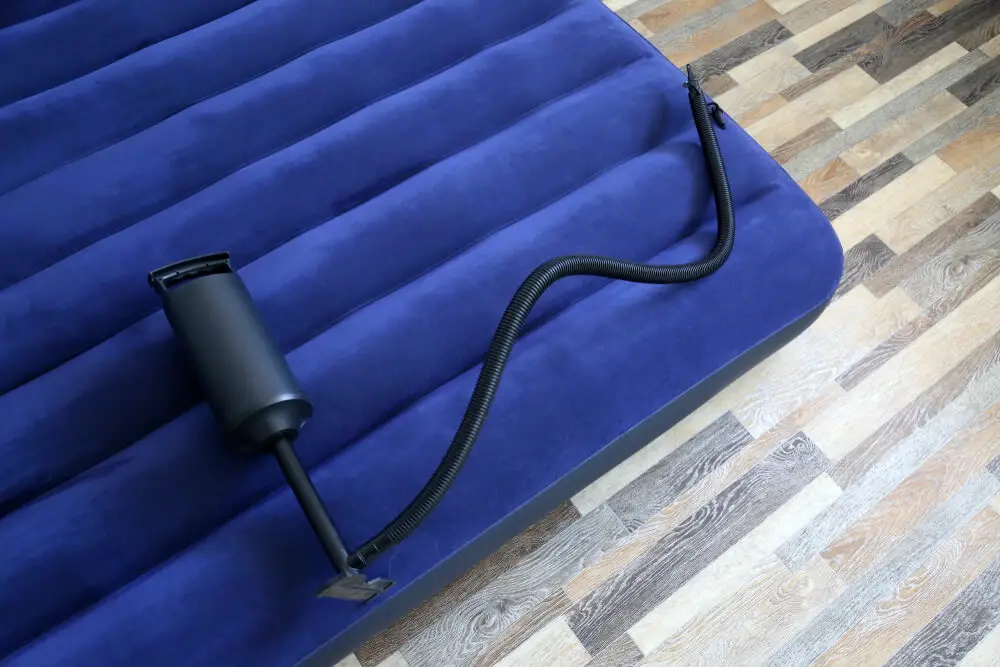
The Importance of Proper Patching Techniques
 When it comes to fixing a leaking air mattress, proper patching techniques are crucial in ensuring a successful repair.
Air mattresses are designed to hold a large amount of weight and provide a comfortable sleeping surface, so any small punctures or tears can easily cause deflation.
Therefore, it is important to approach the patching process with care and attention to detail.
When it comes to fixing a leaking air mattress, proper patching techniques are crucial in ensuring a successful repair.
Air mattresses are designed to hold a large amount of weight and provide a comfortable sleeping surface, so any small punctures or tears can easily cause deflation.
Therefore, it is important to approach the patching process with care and attention to detail.
Common Mistakes in Patching an Air Mattress
 One of the most common mistakes people make when patching an air mattress is not properly cleaning and preparing the affected area.
It is important to thoroughly clean the area around the puncture or tear to ensure that the patch will adhere properly.
Using rubbing alcohol or a specialized mattress cleaner can help remove any dirt or oils that could interfere with the patch's effectiveness.
Another mistake people make is not using the right type of patch or adhesive.
It is important to use a patch specifically designed for air mattresses and to follow the manufacturer's instructions for applying it.
Using the wrong type of patch or adhesive can lead to the patch not sticking properly and the mattress continuing to deflate.
One of the most common mistakes people make when patching an air mattress is not properly cleaning and preparing the affected area.
It is important to thoroughly clean the area around the puncture or tear to ensure that the patch will adhere properly.
Using rubbing alcohol or a specialized mattress cleaner can help remove any dirt or oils that could interfere with the patch's effectiveness.
Another mistake people make is not using the right type of patch or adhesive.
It is important to use a patch specifically designed for air mattresses and to follow the manufacturer's instructions for applying it.
Using the wrong type of patch or adhesive can lead to the patch not sticking properly and the mattress continuing to deflate.
The Importance of Checking for Additional Leaks
 Even after patching a visible leak, it is important to thoroughly check the entire mattress for any other potential leaks.
Small punctures or tears can be difficult to spot and can cause the mattress to continue deflating.
It is recommended to inflate the mattress and spray it with soapy water to check for any bubbles, which indicate a leak.
It is also important to regularly check the mattress for any new leaks that may have occurred.
Even after patching a visible leak, it is important to thoroughly check the entire mattress for any other potential leaks.
Small punctures or tears can be difficult to spot and can cause the mattress to continue deflating.
It is recommended to inflate the mattress and spray it with soapy water to check for any bubbles, which indicate a leak.
It is also important to regularly check the mattress for any new leaks that may have occurred.
When to Consider Replacing Your Air Mattress
 If your air mattress continues to deflate even after properly patching it and checking for additional leaks, it may be time to consider replacing it.
Over time, air mattresses can become worn and develop small holes that are difficult to patch.
Additionally, if the mattress has been patched multiple times, the patches may start to wear out and become less effective.
Investing in a new air mattress may be a better long-term solution than constantly patching an old one.
If your air mattress continues to deflate even after properly patching it and checking for additional leaks, it may be time to consider replacing it.
Over time, air mattresses can become worn and develop small holes that are difficult to patch.
Additionally, if the mattress has been patched multiple times, the patches may start to wear out and become less effective.
Investing in a new air mattress may be a better long-term solution than constantly patching an old one.
Conclusion
 In conclusion, if your air mattress is still deflating after patching, it may be due to improper patching techniques, not checking for additional leaks, or the need for a new mattress.
By properly cleaning and preparing the affected area, using the right type of patch and adhesive, and regularly checking for leaks, you can ensure a successful repair and prolong the life of your air mattress.
In conclusion, if your air mattress is still deflating after patching, it may be due to improper patching techniques, not checking for additional leaks, or the need for a new mattress.
By properly cleaning and preparing the affected area, using the right type of patch and adhesive, and regularly checking for leaks, you can ensure a successful repair and prolong the life of your air mattress.
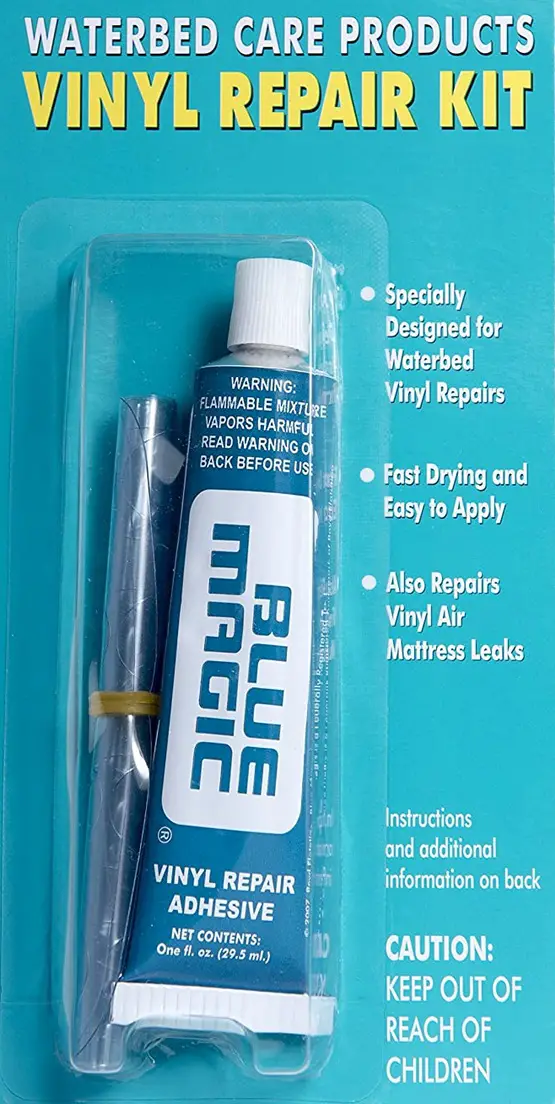
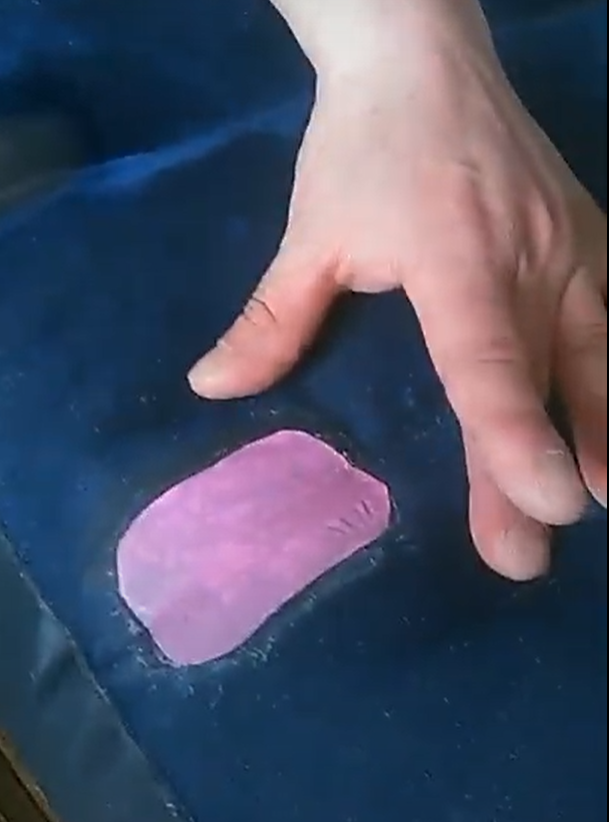


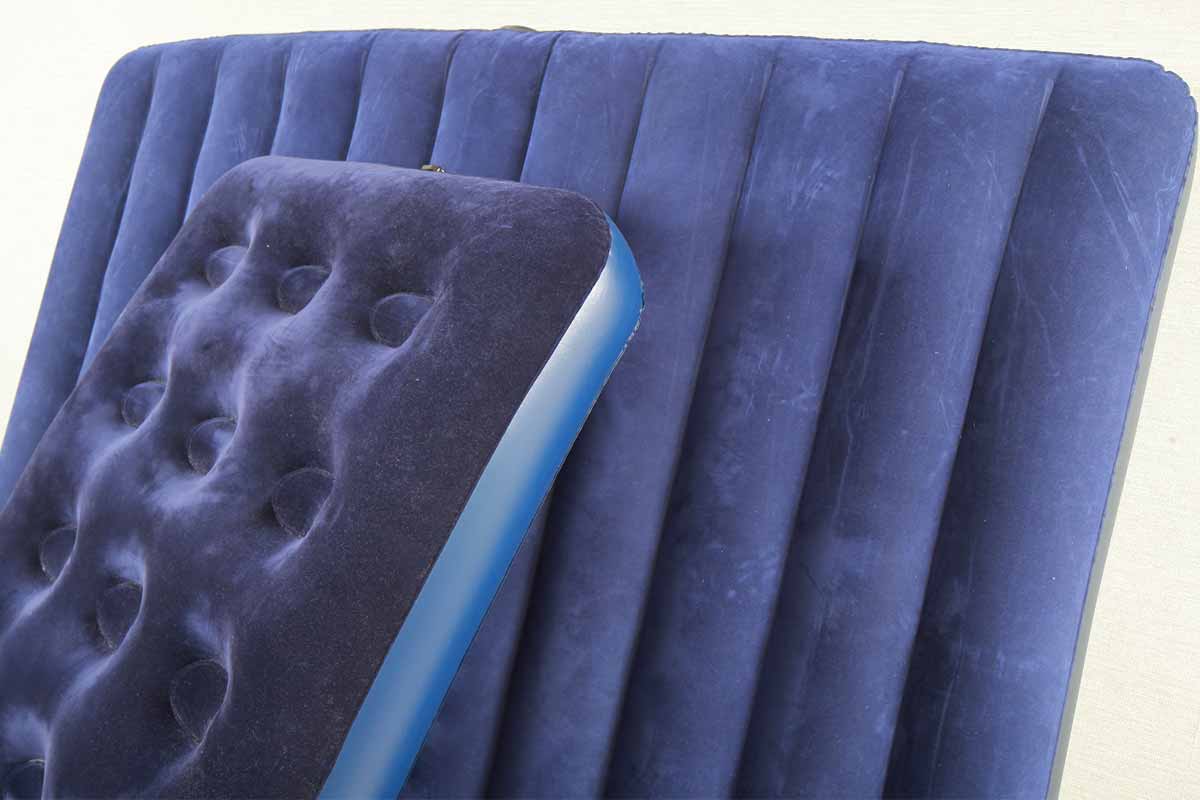






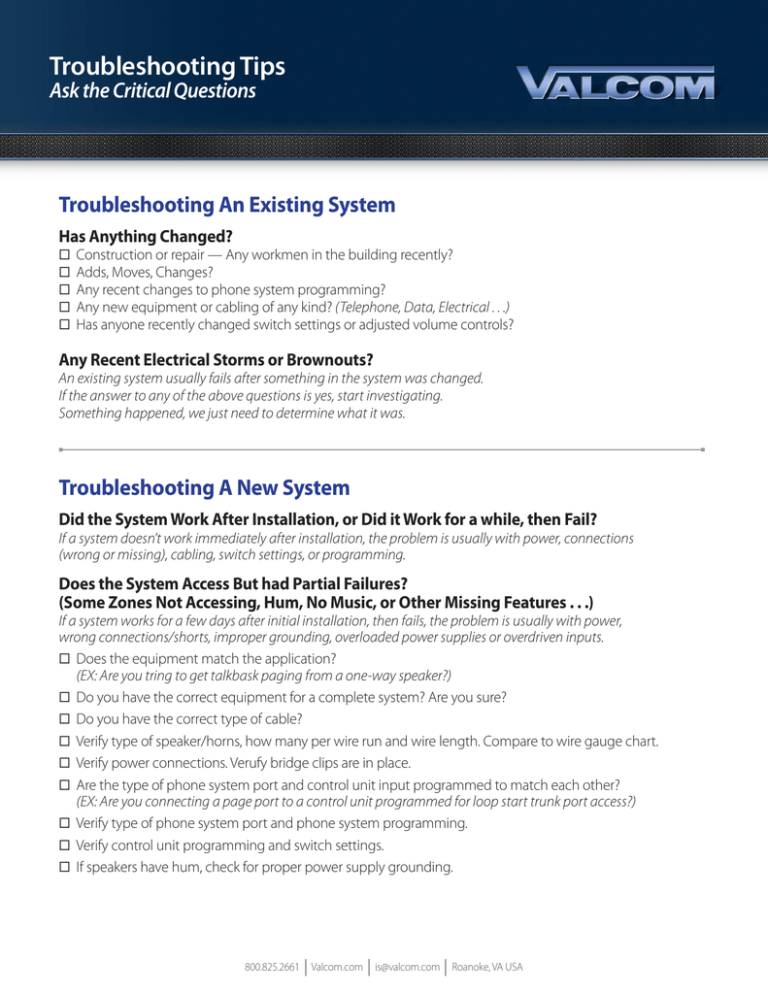




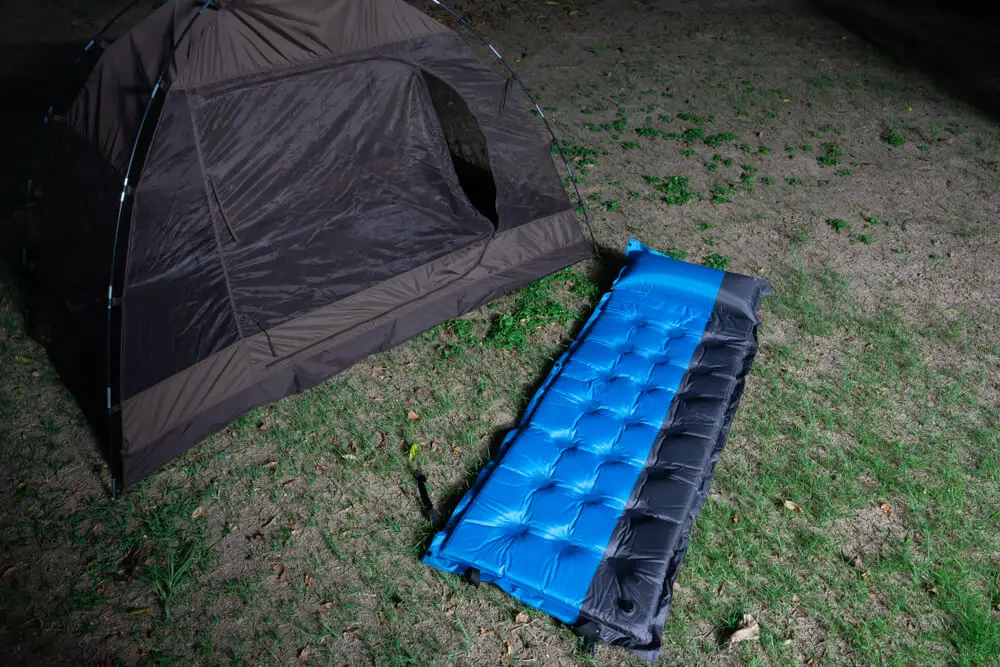





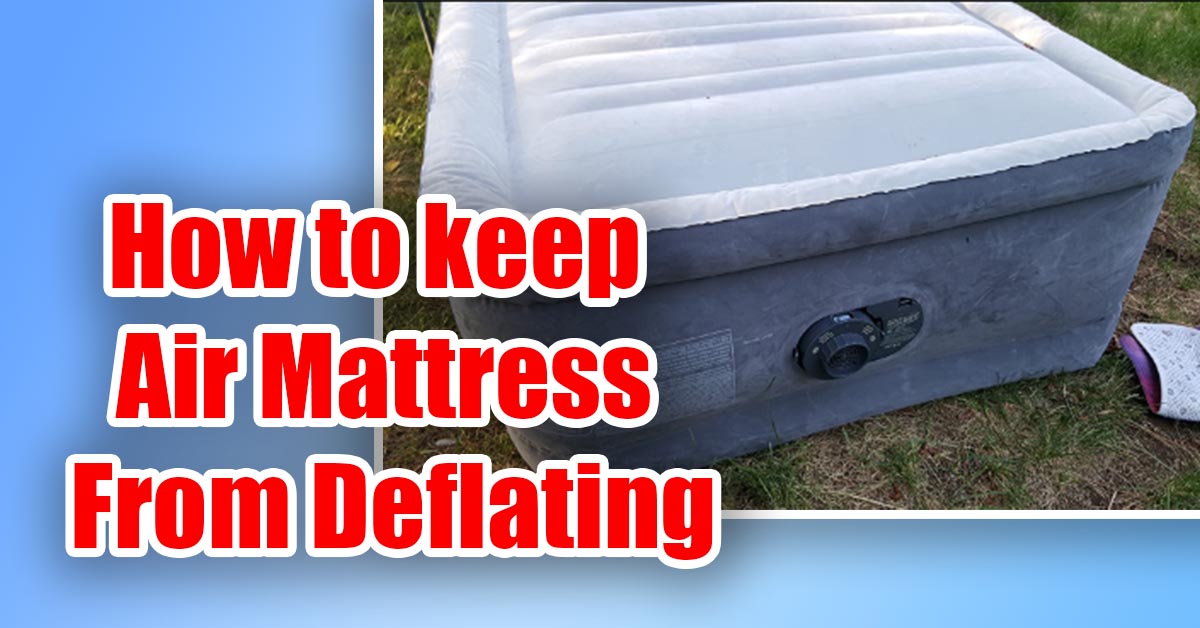







:max_bytes(150000):strip_icc()/IvationEZ-BedQueenAirMattress-2b0acd668f2d4acf97f123f46d343f63.jpg)
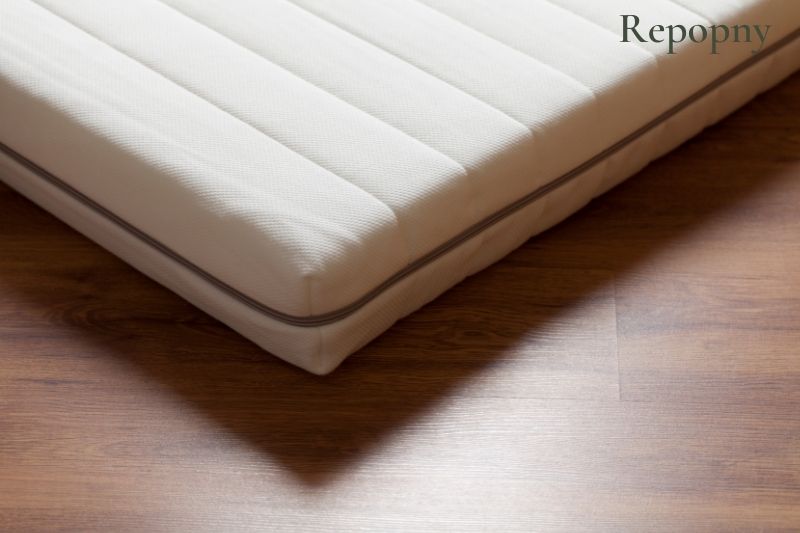




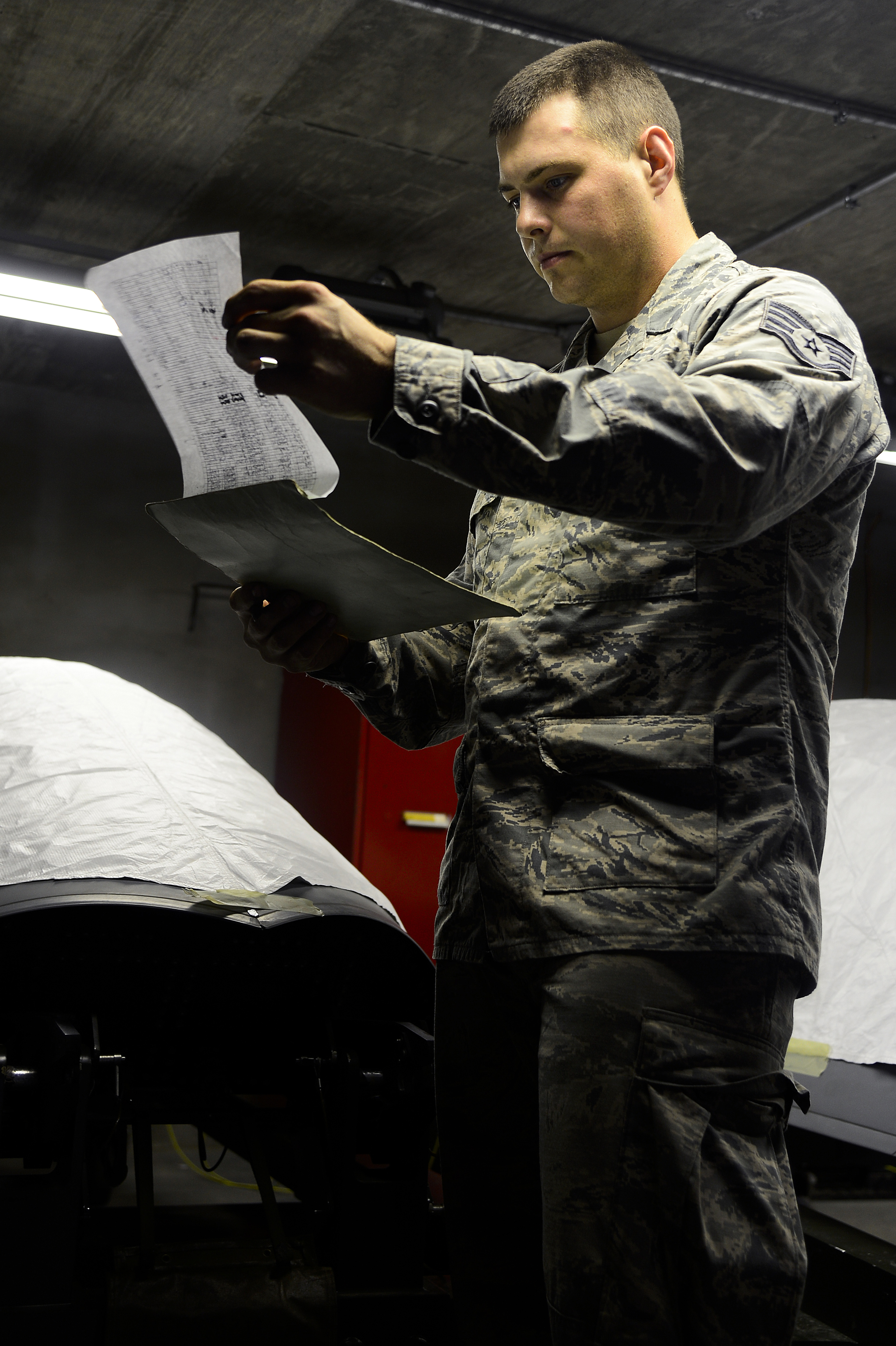

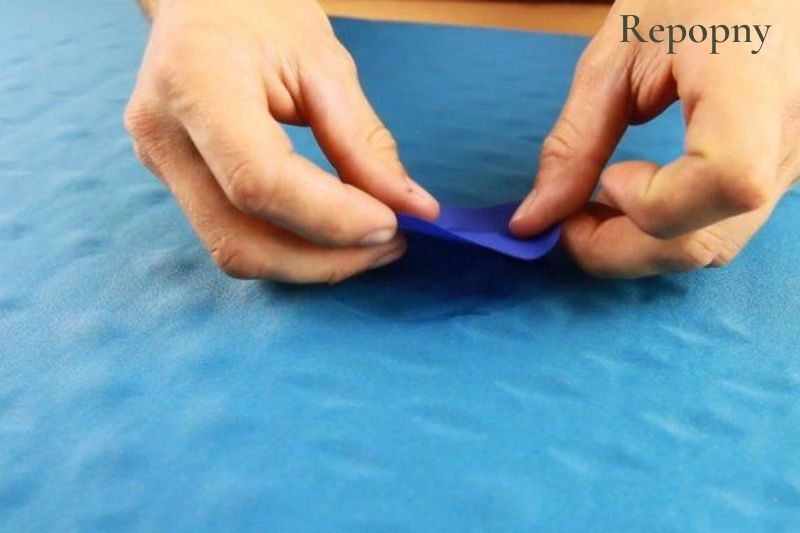


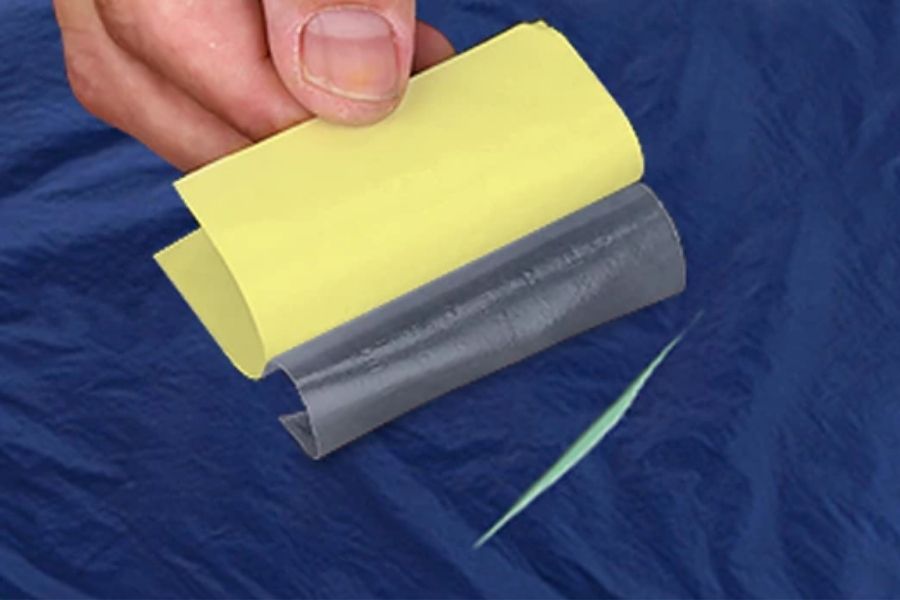
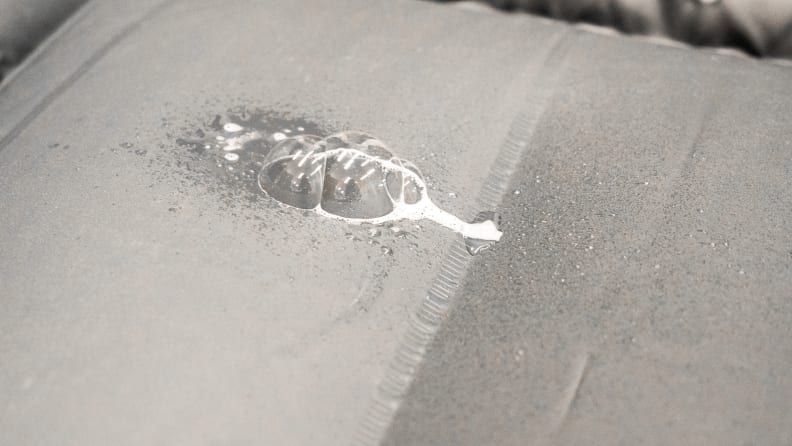






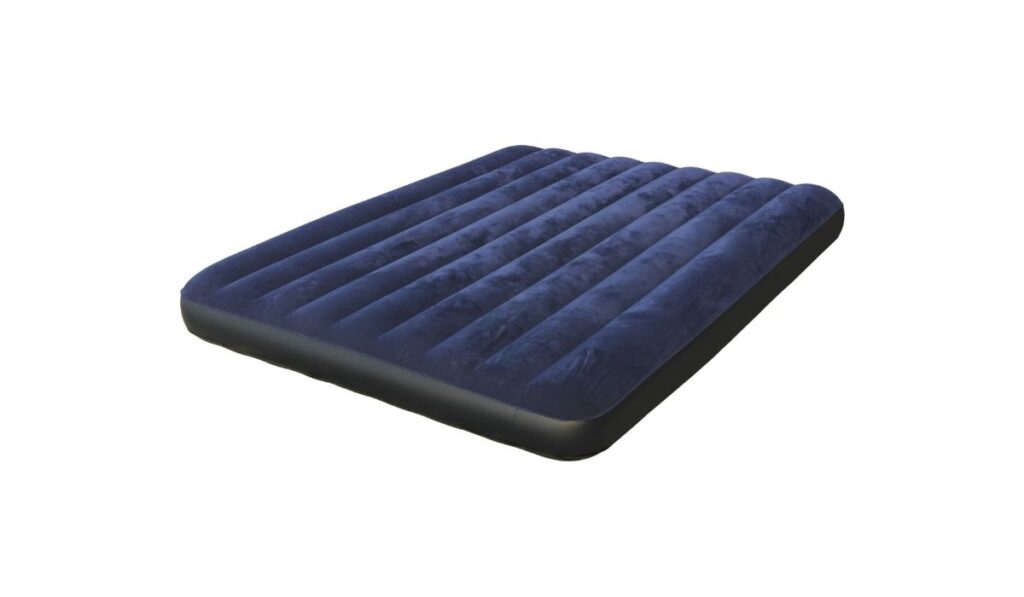

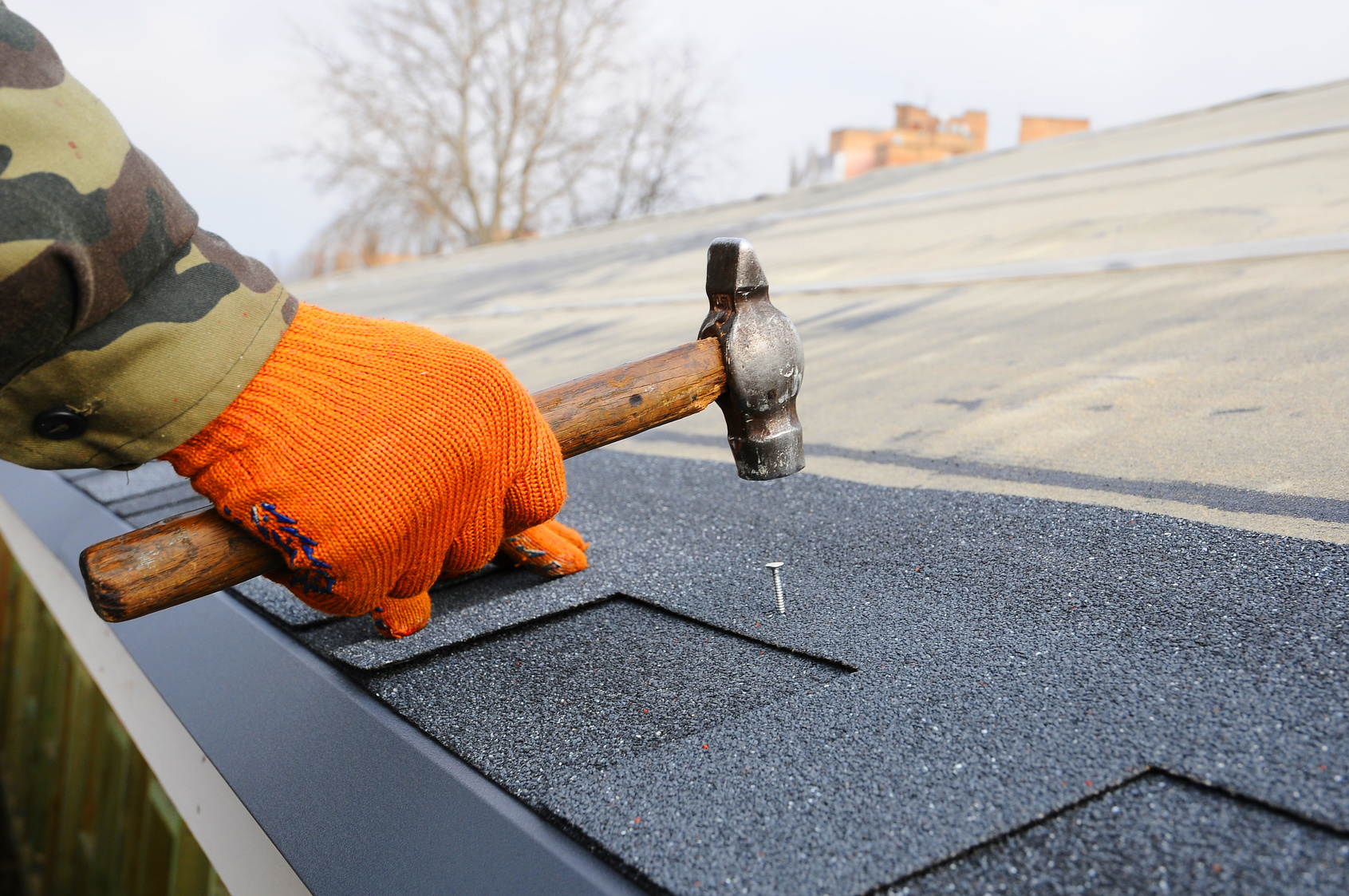



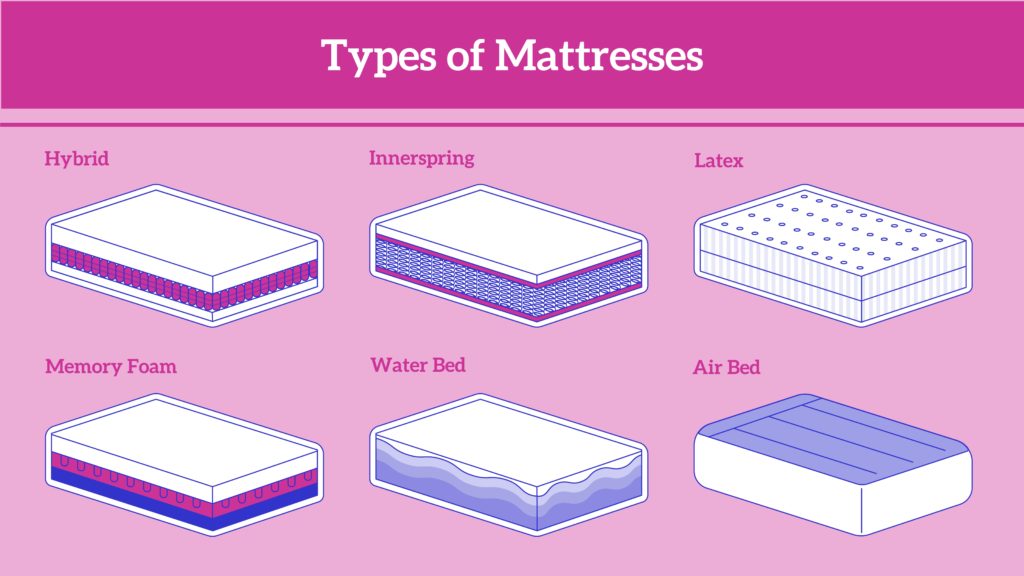




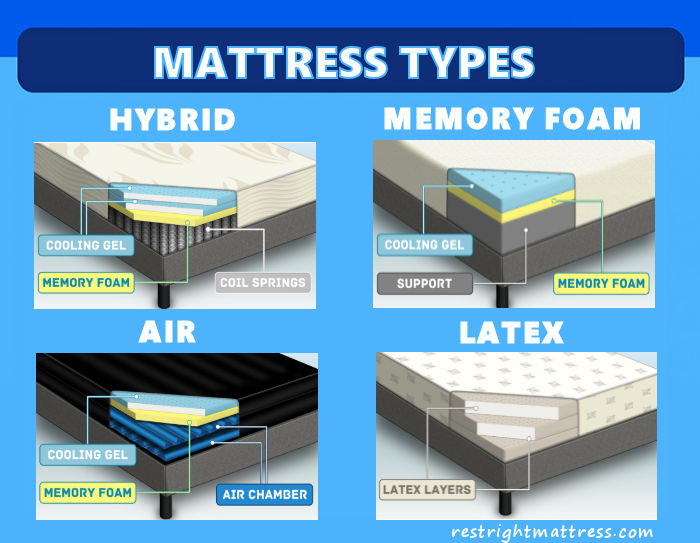


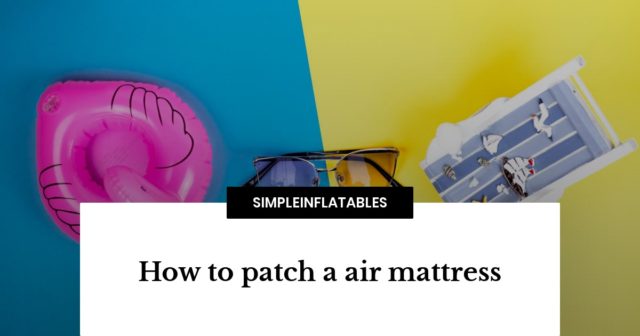





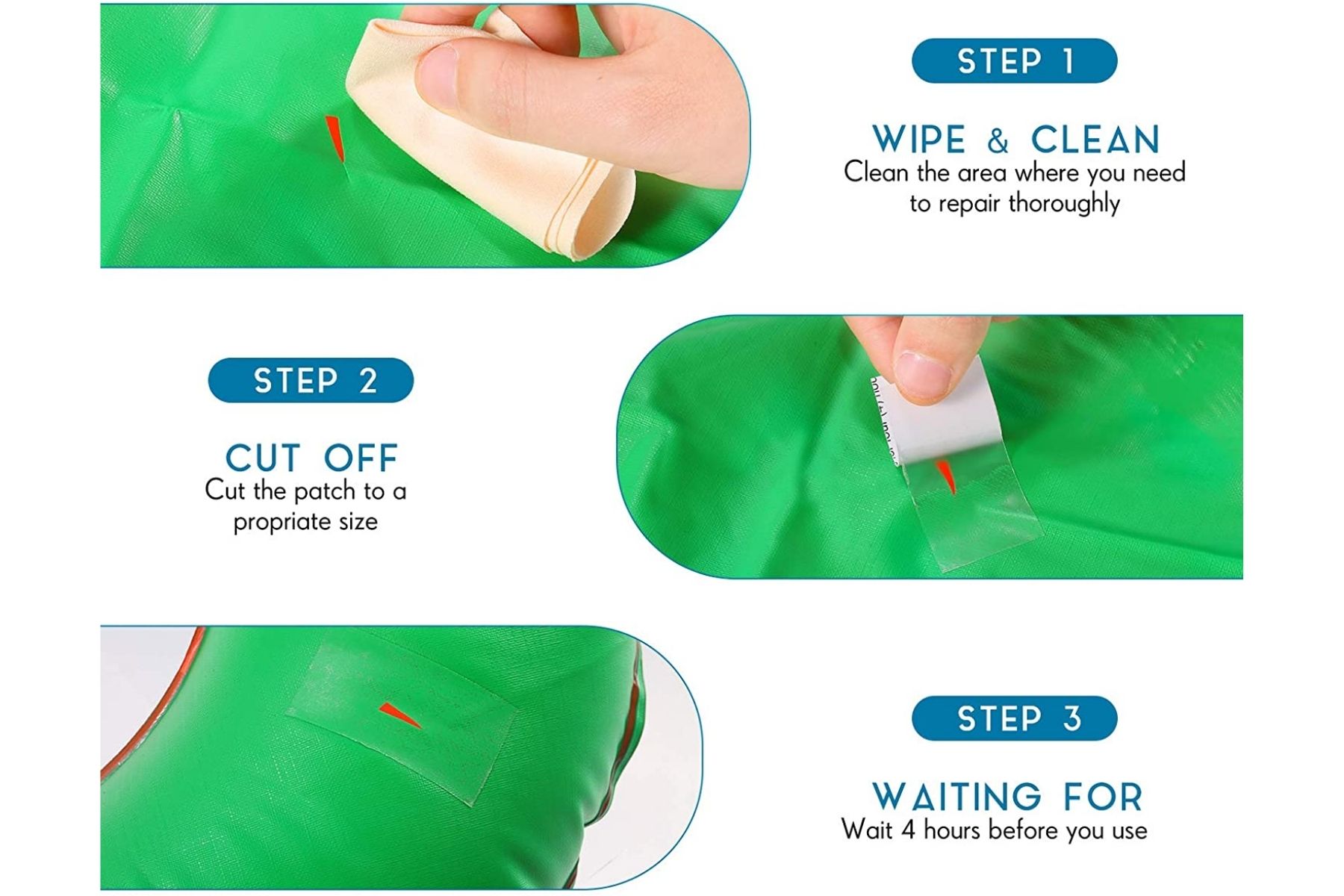



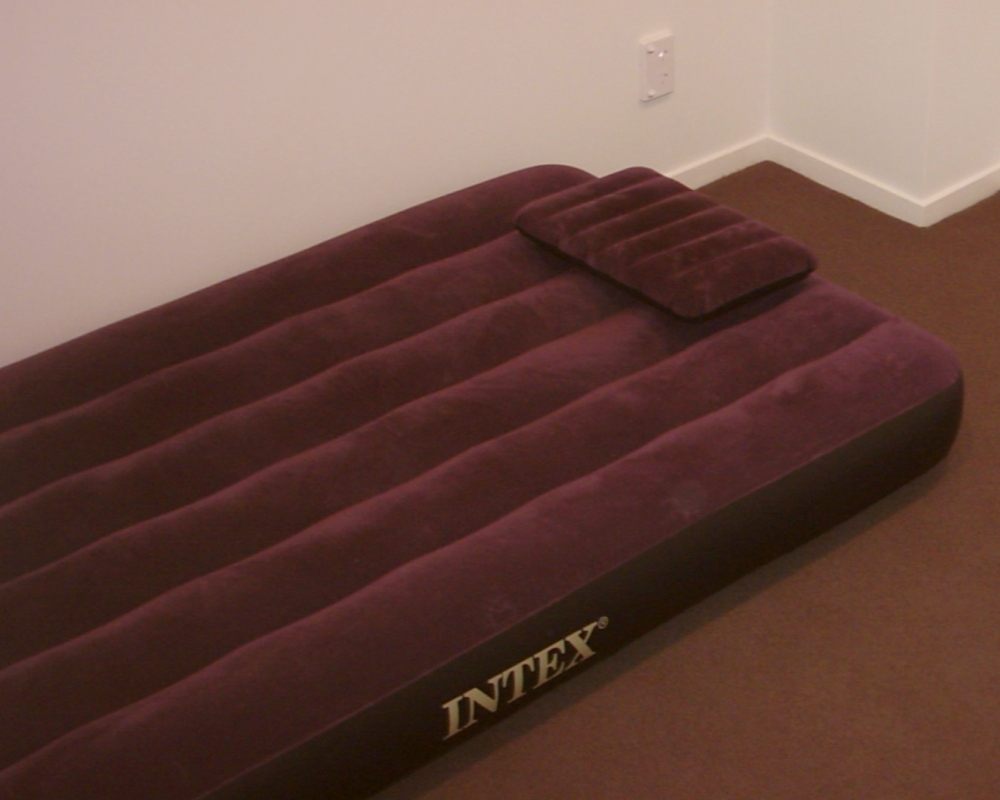













:max_bytes(150000):strip_icc()/81QHm8NXr2L._AC_SL1500_1-17bafdc326cf4922b0d8acca4d9b5639.jpg)

